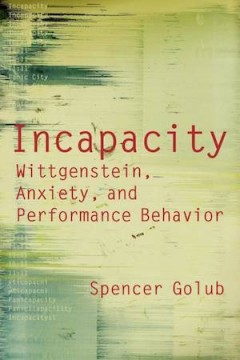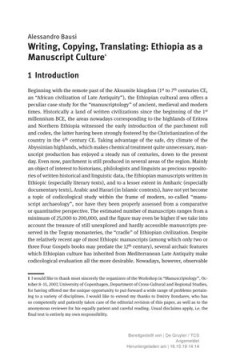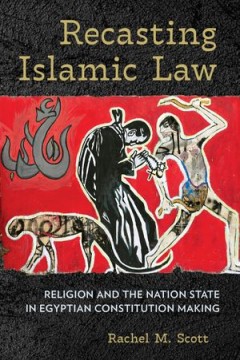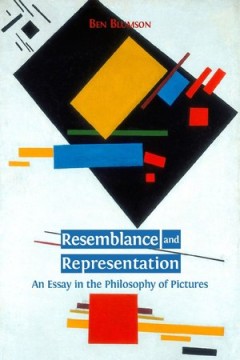Filter by

Incapacity : Wittgenstein, Anxiety, And Performance Behavior
In this highly original study of the nature of performance, Spencer Golub uses the insights of Ludwig Wittgenstein into the way language works to analyze the relationship between the linguistic and the visual in the work of a broad range of dramatists, novelists, and filmmakers, among them Richard Foreman, Mac Wellman, Peter Handke, David Mamet, and Alfred Hitchcock. Like Wittgenstein, these ar…
- Edition
- -
- ISBN/ISSN
- 9780810129924
- Collation
- -
- Series Title
- -
- Call Number
- 100 GOL i

The Insistence of Art : Philosophy and Aesthetics after Early Modernity
The essays in The Insistence of Art suggest ways in which the artworks and practices of the early modern period show the essentiality of aesthetic experience for philosophical reflection, and in particular for the rise of aesthetics as a philosophical discipline, while also showing art's need for philosophy.
- Edition
- -
- ISBN/ISSN
- 9780823275809
- Collation
- -
- Series Title
- -
- Call Number
- 100 INS

Chapter Writing, Copying, Translating
What do Mesoamerica, Greece, Byzantium, Island, Chad, Ethiopia, India, Tibet, China and Japan have in common? Like many other cultures of the world, they share a particular form of cultural heritage: ancient handwritten documents. This volume offers in 16 articles on philological, cultural, and material aspects of manuscripts a common ground across disciplines and cultures.
- Edition
- -
- ISBN/ISSN
- 9783110225631
- Collation
- -
- Series Title
- -
- Call Number
- -

Recasting Islamic Law
By examining the intersection of Islamic law, state law, religion, and culture in the Egyptian nation-building process, Recasting Islamic Law highlights how the sharia, when attached to constitutional commitments, is reshaped into modern Islamic state law. Rachel M. Scott analyzes the complex effects of constitutional commitments to the sharia in the wake of the Egyptian revolution of 2011. …
- Edition
- -
- ISBN/ISSN
- 9781501753992
- Collation
- -
- Series Title
- -
- Call Number
- -

Resemblance And Representation: An Essay In The Philosophy Of Pictures
It’s a platitude – which only a philosopher would dream of denying – that whereas words are connected to what they represent merely by arbitrary conventions, pictures are connected to what they represent by resemblance. The most important difference between my portrait and my name, for example, is that whereas my portrait and I are connected by my portrait’s resemblance to me, my name a…
- Edition
- -
- ISBN/ISSN
- 9781783740741
- Collation
- -
- Series Title
- -
- Call Number
- -
 Computer Science, Information & General Works
Computer Science, Information & General Works  Philosophy & Psychology
Philosophy & Psychology  Religion
Religion  Social Sciences
Social Sciences  Language
Language  Pure Science
Pure Science  Applied Sciences
Applied Sciences  Art & Recreation
Art & Recreation  Literature
Literature  History & Geography
History & Geography